May 26th: Shavuot
THIS WEEK IN THE TORAH
Rabbi David E. Ostrich
In anticipation of Shavuot—officially observed on May 31st, our weekly Torah portion will be the Ten Commandments. Though the text of the Ten is in Exodus 20, there is much to be learned from the context as set in Exodus 19. Beginning in the second verse, we are told that the Israelites “entered the wilderness of Sinai and encamped in the wilderness. Israel encamped there in front of the mount, and Moses went up to God. The Lord called to him from the mountain, saying, ‘Thus shall you say to the house of Jacob and declare to the children of Israel, ‘You have seen what I did to the Egyptians, how I bore you on eagles’ wings and brought you to Me. Now then, if you will obey Me faithfully and keep My covenant, you shall be My treasured possession among all the peoples. Indeed, all the earth is Mine, but you shall be to Me a kingdom of priests and a holy nation.’”
What does it mean for us to be a kingdom of priests?
Perhaps the original intention was metaphorical. By virtue of our special relationship with God and our modeling of godly behavior in the world, we could function as a kind of moral and spiritual priesthood and lead the world toward holiness.
Or, the phrase could have referred to the sense of communal support that the actual priesthood received from the rest of the Israelites. Though the priests (kohanim) were the priests, the rest of the Israelite team supported them and, in that sense, were part of the priestly relationship with God. In the regular weekly Torah portion, Bemidbar, there is an interesting delegation of duties giving the various non-priests important work to do. For perhaps more detail than a modern needs, check out Numbers 4 where we have the instructions for packing up the Tent of Meeting and its holy utensils. When it was time for the Israelites to move from one place to another, the kohanim did the packing, but it was another group, their Kohathite cousins, who did the carrying. In the worship system detailed in Leviticus, the kohanim may be the main functionaries, but they are presented as helping the rest of the Israelites in their relationship with God. It was definitely cast as a team effort.
The longest enduring and most spiritually fulfilling interpretation came in the Rabbinic Period, 200 BCE – 200 CE. The Rabbis took this notion of everyone being a priest and used it to create a lifestyle of holiness for every Jew. Prior to this, individual Jews supported the Temple worship system, but their individual roles were restricted to support and occasional attendance—pretty much as spectators. There is certainly something to be said for attending and watching an event of great significance, but personal participation is another step that the Rabbis sought in their new and creative form of Judaism.
Individual Jews continued in their support of the Temple in Jerusalem and its worship system. However, the Rabbis crafted rituals and practices for non-priests, patterning them after the priestly functions. Rather than just support the Temple worship from afar, local Jews could pray in local synagogues using a service based on the Temple service. Rather than only have the priests wear special holy clothing, individual clothing mitzvot were adopted so that non-priestly Jews could develop their own sense of holiness with a holy uniform. The dietary rules, originally just intended for sacrificial meals, were applied to all Jews and all meals—again, bringing the holiness of the priesthood to all Jews.
In other words, though non-priestly Jews could not become priests, they could—through the Rabbinic lifestyle of holiness—develop a sense of God’s Presence in their lives and their own direct participation in the relationship with God.
All the Judaisms of today are heirs of this Pharisaic/Rabbinic Judaism, and realizing our religious theme—to be a “kingdom of priests and a holy people”—can help us to see our significance and our purpose as Jews.
